Moroccan Berber rugs: purely traditional craftsmanship
In the heart of Morocco, amidst the stunning landscapes and vibrant culture, lies a timeless tradition of crafting exquisite Moroccan Berber rugs. These rugs, known for their intricate designs, rich history, and unparalleled craftsmanship, are more than just floor coverings. They are a symbol of the heritage and artistic prowess of the Berber people, who have been weaving these masterpieces for centuries.
The Origin of Berber Rugs
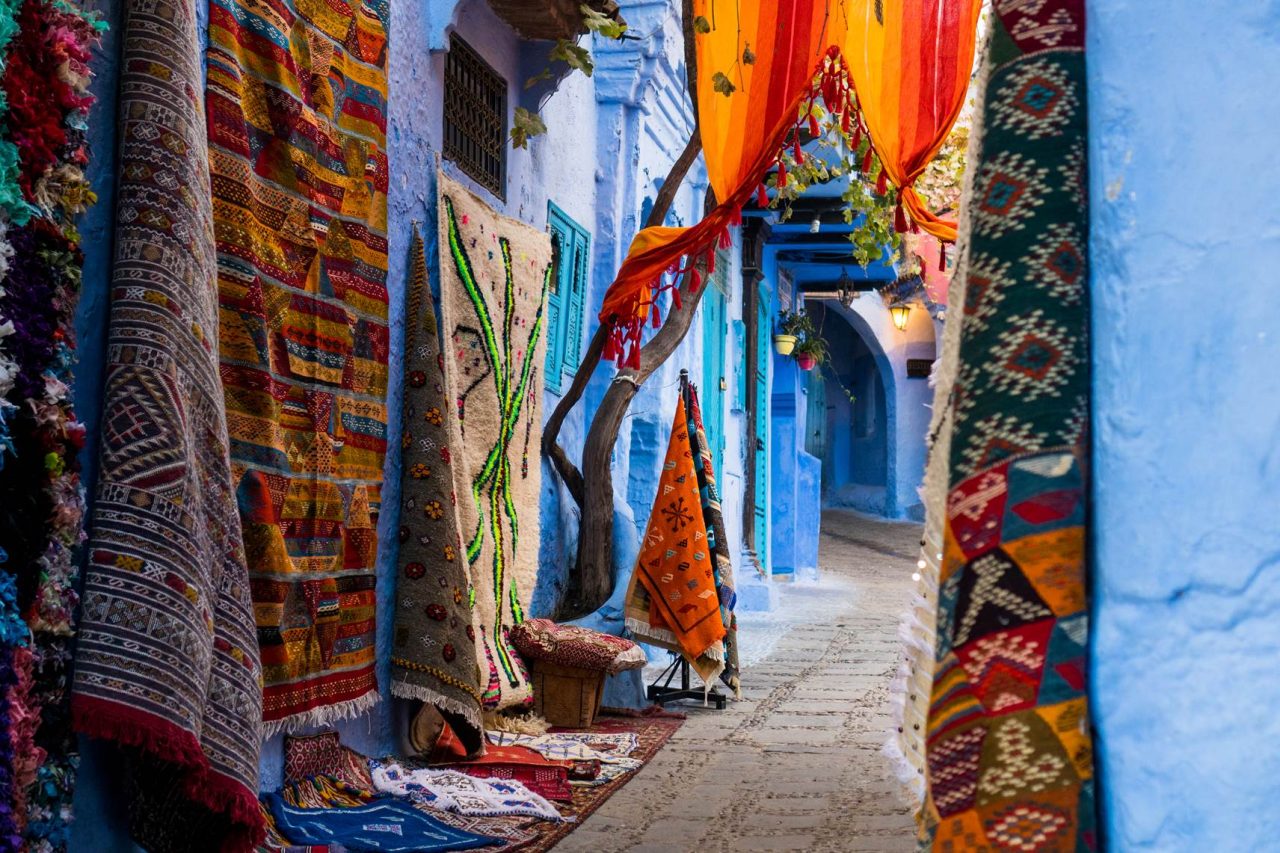
Berber rugs, originating from Morocco’s indigenous Berber tribes, have been crafted for thousands of years. Each rug tells a unique story through symbols and patterns that reflect the weaver’s personal experiences, tribal identity, and natural surroundings. Traditionally, Berber women have been the custodians of this craft, passing down their skills from generation to generation.
The Berber tribes, including the Beni Ourain, Azilal, and Boucherouite, each have their unique weaving styles and techniques. Beni Ourain rugs, for example, are renowned for their minimalistic designs, typically featuring black and white geometric patterns on a creamy background. Azilal rugs, on the other hand, are known for their vibrant colors and abstract patterns, often incorporating wool, cotton, and recycled fabrics.
The Craftsmanship Behind Berber Rugs
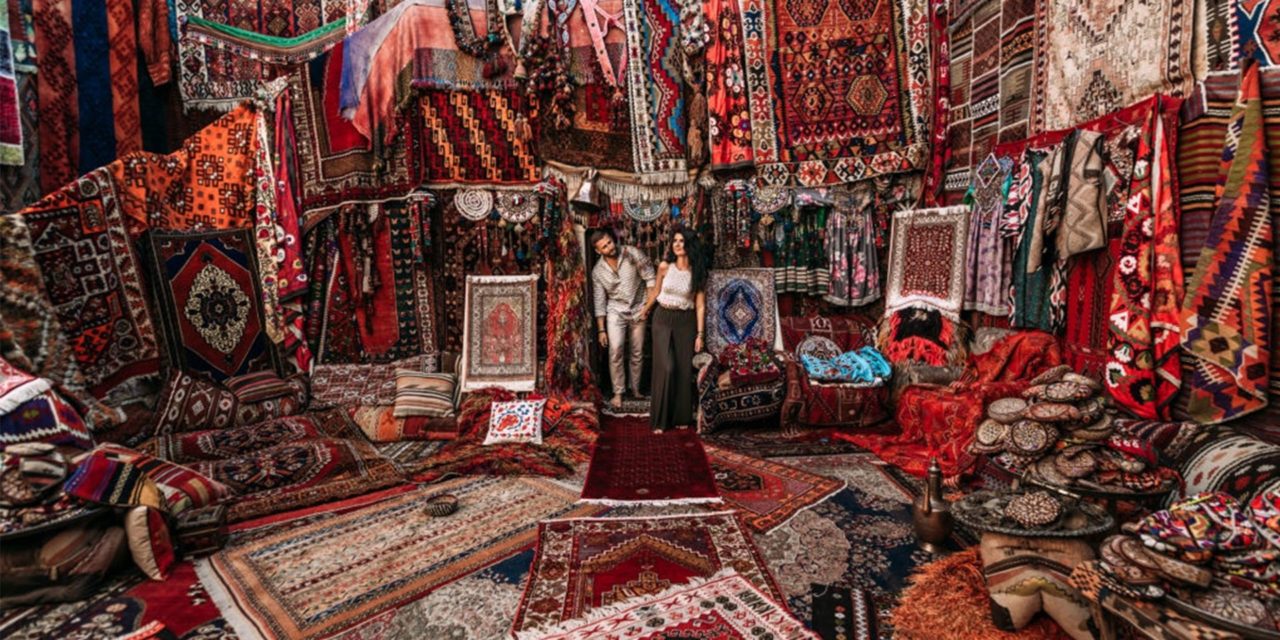 Creating a Berber rug is a labor-intensive process that requires patience, skill, and a deep understanding of traditional weaving techniques. The process begins with the shearing of sheep to obtain high-quality wool, which is then cleaned and spun into yarn. This wool is often dyed using natural ingredients such as indigo, saffron, and henna, which not only provide beautiful colors but also ensure that the rugs remain environmentally friendly.
Creating a Berber rug is a labor-intensive process that requires patience, skill, and a deep understanding of traditional weaving techniques. The process begins with the shearing of sheep to obtain high-quality wool, which is then cleaned and spun into yarn. This wool is often dyed using natural ingredients such as indigo, saffron, and henna, which not only provide beautiful colors but also ensure that the rugs remain environmentally friendly.
Once the yarn is ready, the weavers set up a vertical loom, which is used to hand-knot each thread. This meticulous process can take weeks or even months, depending on the size and complexity of the rug. The weavers work without a pattern, relying on their memory and creativity to guide their hands. This results in each rug being a unique piece of art, with no two rugs ever being exactly alike.
Symbolism and Meaning in Berber Rugs
A Quick Guide to Moroccan Rugs Symbolism | Every Rug Has A Story Berber rugs are more than just decorative items; they are rich in symbolism and cultural significance. The patterns and motifs woven into the rugs often represent aspects of daily life, nature, and spirituality. Common symbols include the diamond, which represents protection against evil spirits, and the triangle, which symbolizes fertility and womanhood.The colors used in Berber rugs also hold special meaning. Red is often associated with strength and protection, blue symbolizes wisdom and tranquility, green represents peace and nature, and yellow signifies eternity and the sun. These elements combined make each rug a narrative of the weaver’s life and beliefs.
Modern Appeal and Versatility
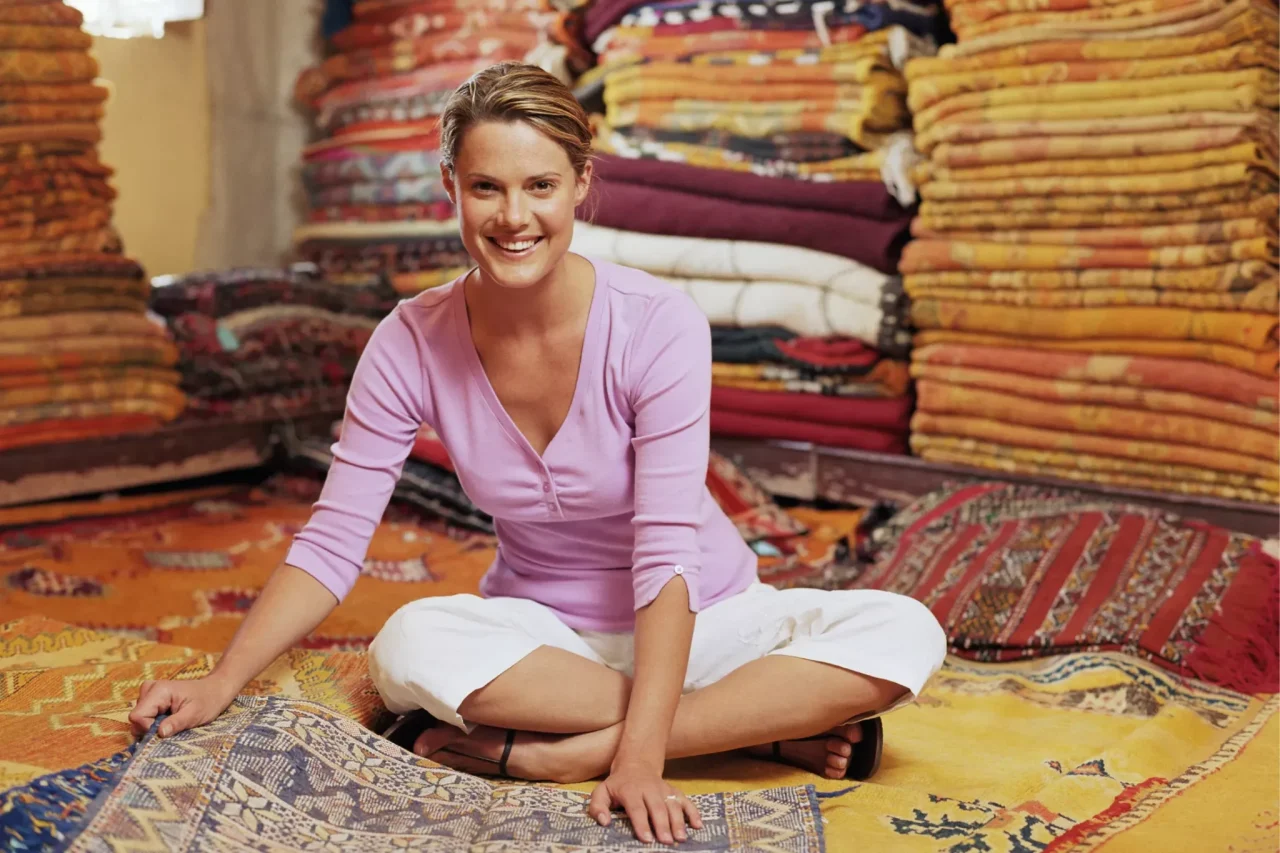 Despite their ancient origins, Berber rugs have found a place in modern homes around the world. Their versatility and timeless appeal make them a popular choice for interior designers and homeowners alike. Whether placed in a contemporary living room, a cozy bedroom, or a rustic dining area, Berber rugs add a touch of warmth, texture, and authenticity to any space.
Despite their ancient origins, Berber rugs have found a place in modern homes around the world. Their versatility and timeless appeal make them a popular choice for interior designers and homeowners alike. Whether placed in a contemporary living room, a cozy bedroom, or a rustic dining area, Berber rugs add a touch of warmth, texture, and authenticity to any space.
One of the reasons for their enduring popularity is their ability to blend seamlessly with various decor styles. The neutral tones of Beni Ourain rugs complement minimalist and Scandinavian interiors, while the vibrant hues of Azilal and Boucherouite rugs add a pop of color to bohemian and eclectic spaces. Additionally, the durability and craftsmanship of these rugs ensure that they can withstand the test of time, making them a worthwhile investment for any home.
Supporting Sustainable and Ethical Practices
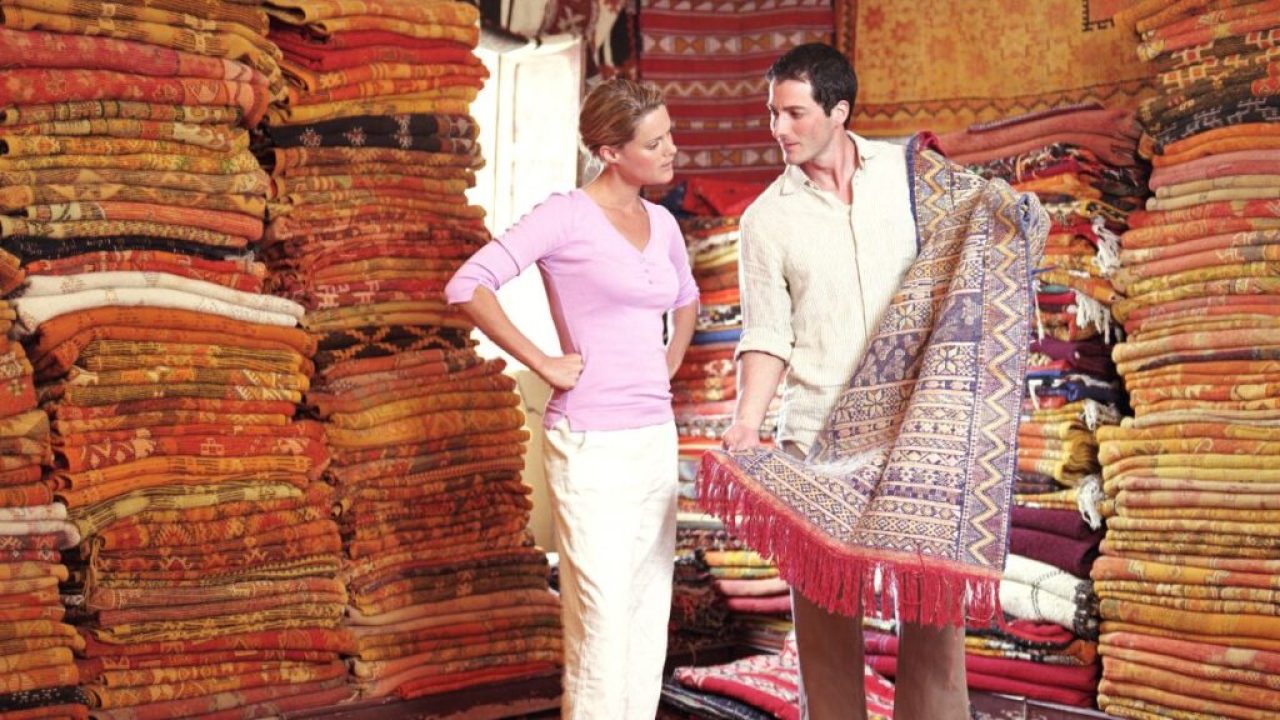
Buying a Moroccan Berber rug adds beauty and uniqueness to your home while supporting sustainable and ethical practices. Many cooperatives and artisans use fair trade principles to ensure fair wages for weavers. By choosing these sources, you help preserve traditional crafts and empower Berber communities.
Caring for Your Berber Rug
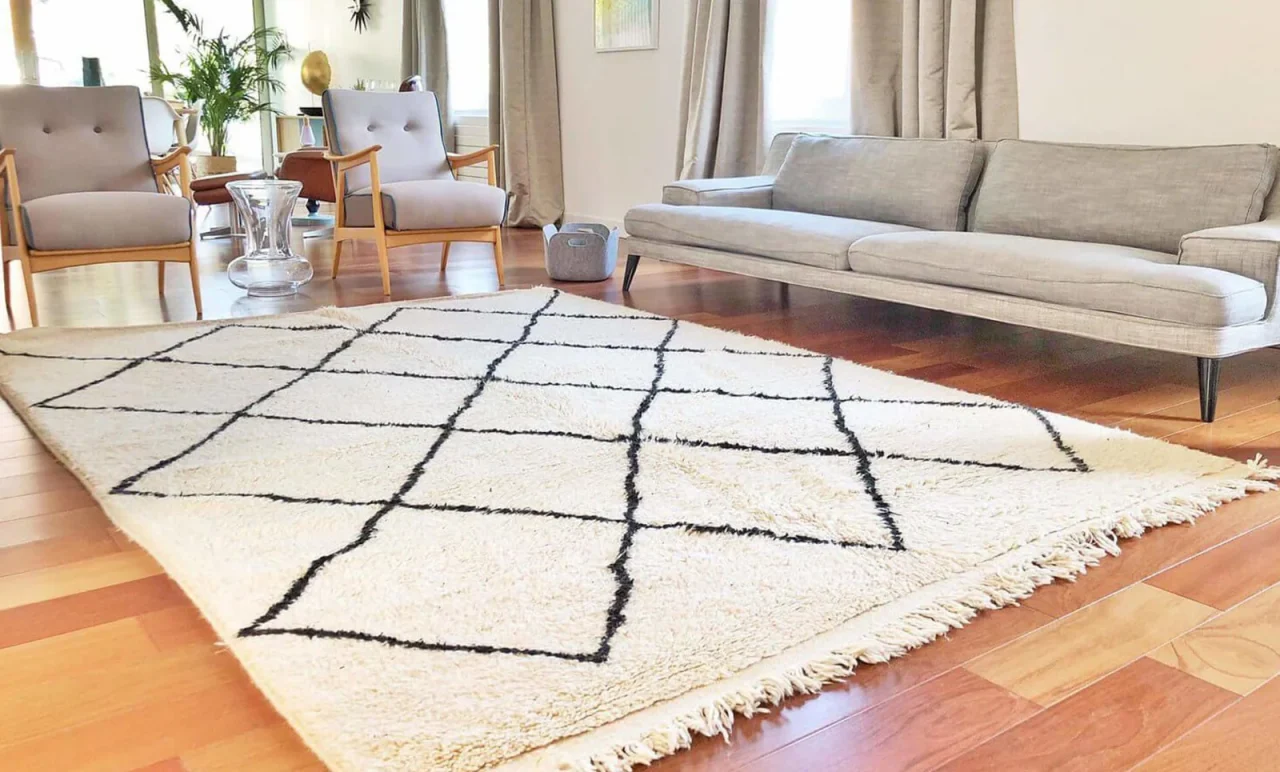
To maintain your Berber rug’s beauty and longevity, care for it properly. Regular vacuuming removes dust and dirt, while occasional professional cleaning preserves color and fiber strength. If spills occur, blot the area immediately with a clean, damp cloth. Avoid harsh chemicals and rubbing, as they can damage the wool and natural dyes.
In conclusion, Moroccan Berber rugs celebrate traditional craftsmanship, embodying the rich cultural heritage and artistic talent of the Berber people. Each rug is a unique masterpiece, woven with care and imbued with meaning. Enhance your home with a Berber rug, adding art and supporting a centuries-old tradition that thrives today.


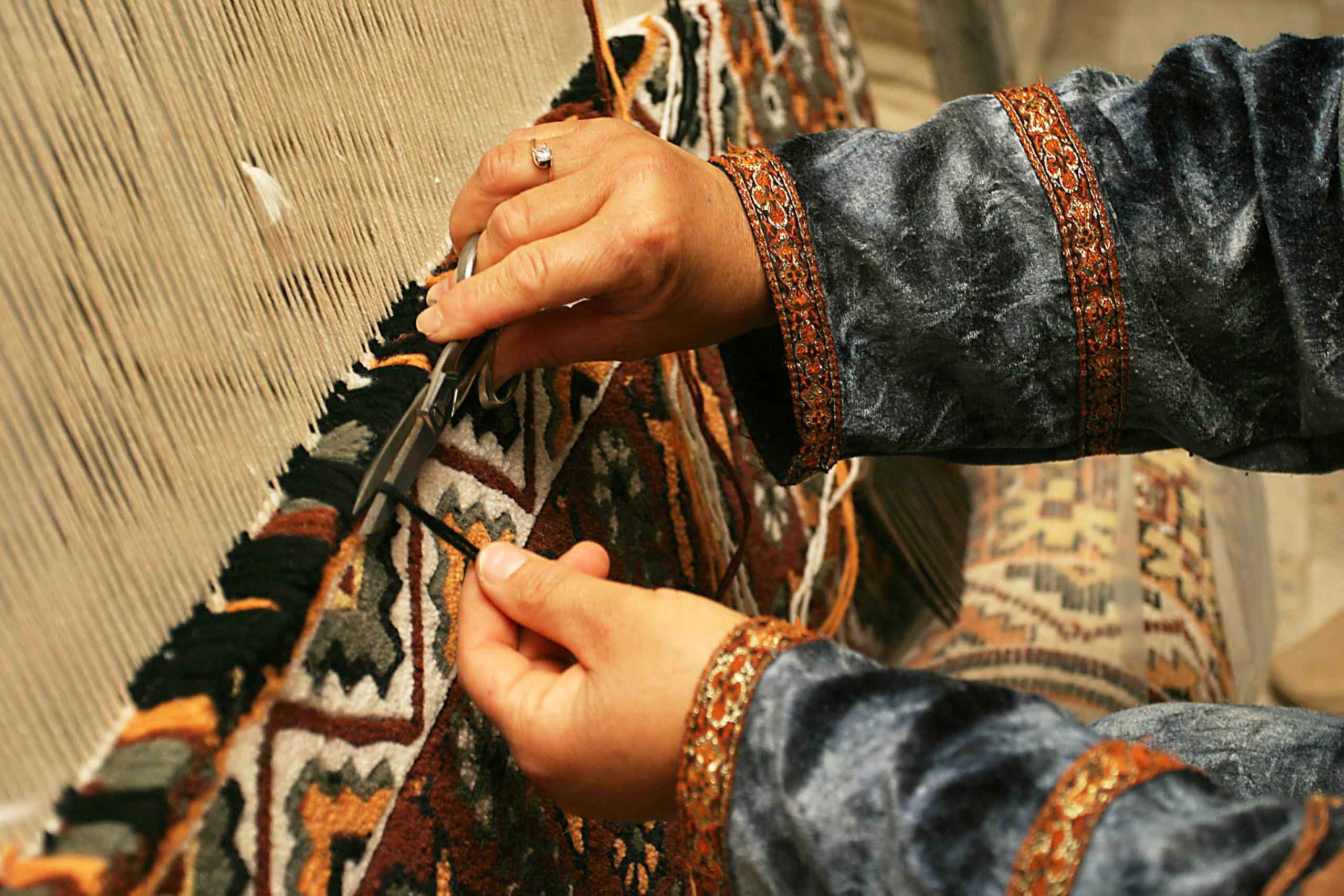
0 Comment